Missing Buildings: Thom and Beth Atkinson document the scars left on London by the Blitz
Photo essay: British photographers Thom and Beth Atkinson have created a series of images showing sites across London where traces of second world war bomb damage are still visible over 75 years later.
Described by the pair as "a strange kind of archeology", the series reveals a mix of empty spaces and piecemeal development on sites bombed by Nazi Germany during the Blitz between 1940 and 1941.
The resulting photographs are presented in the book Missing Buildings, recently published by Hwæt Books. Photographer Jim Stephenson spoke to Thom Atkinson about the project.
On 7 September 1940, the first bombs of the Blitz fell across London, killing 448 people. These intensive raids continued for just over eight months both in London and across the UK.
In London alone, almost 20,000 civilians died and up to one million homes were destroyed or seriously damaged – huge portions of the housing stock, including up to 80 per cent in the borough of Tower Hamlets.
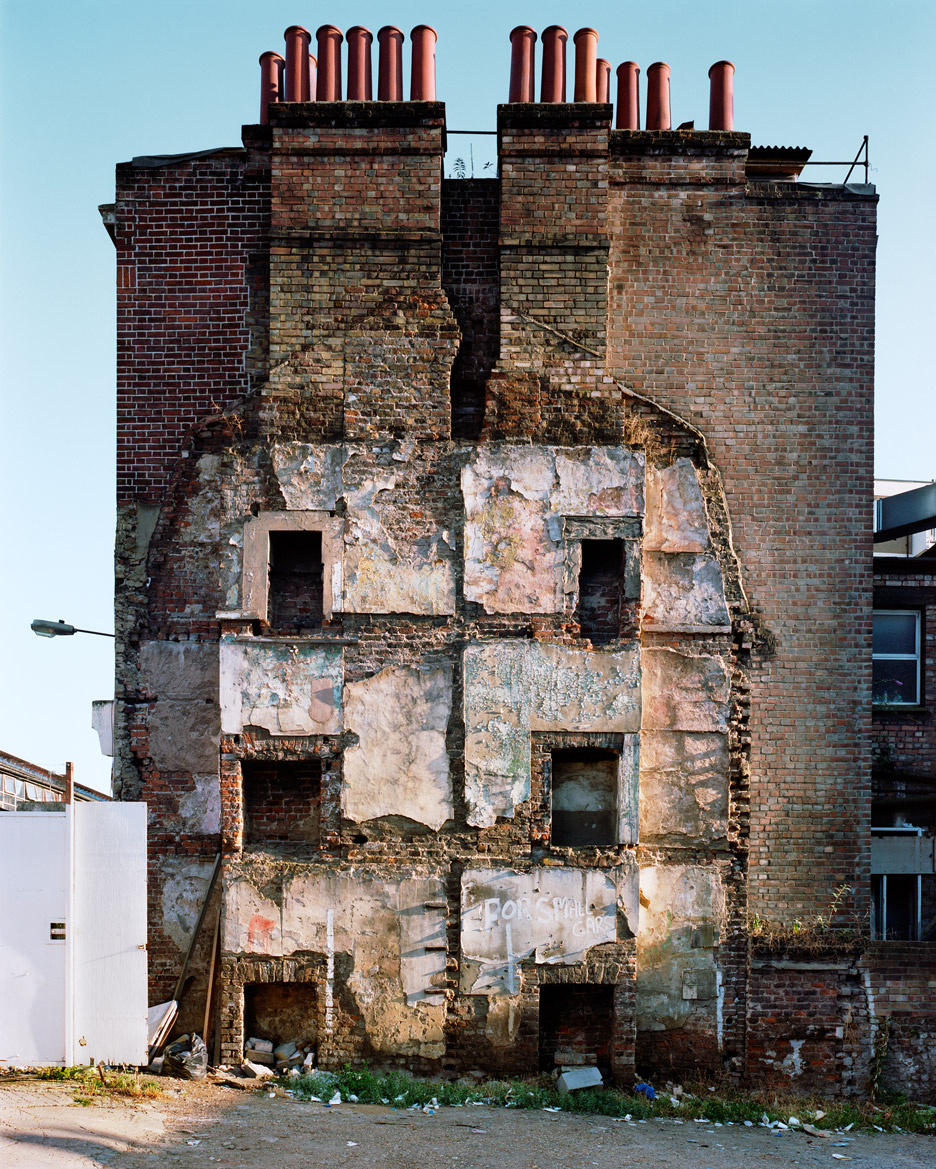
The preface to a John Piper article in the Architectural Review from 1941 suggested that "when it is all over, a few of the wrecked building might well be left as permanent ruins… To posterity they will as effectually represent the dissolution of our pre-war civilisation as Fountains Abbey does the dissolution of the monasteries."
Although the wrecked buildings have largely been bulldozed and built over, and despite huge redevelopment across London since, the evidence remains all around, hiding in plain sight. It's the scar of a former staircase on a terrance end, a sudden change in brick stock, the incongruous 60s house at the end of the Victorian terrace, or simply an unexplained gap where there once was a building.
Brother and sister Thom and Beth Atkinson have spent the last six years walking the streets of London investigating this tangible evidence of destruction.
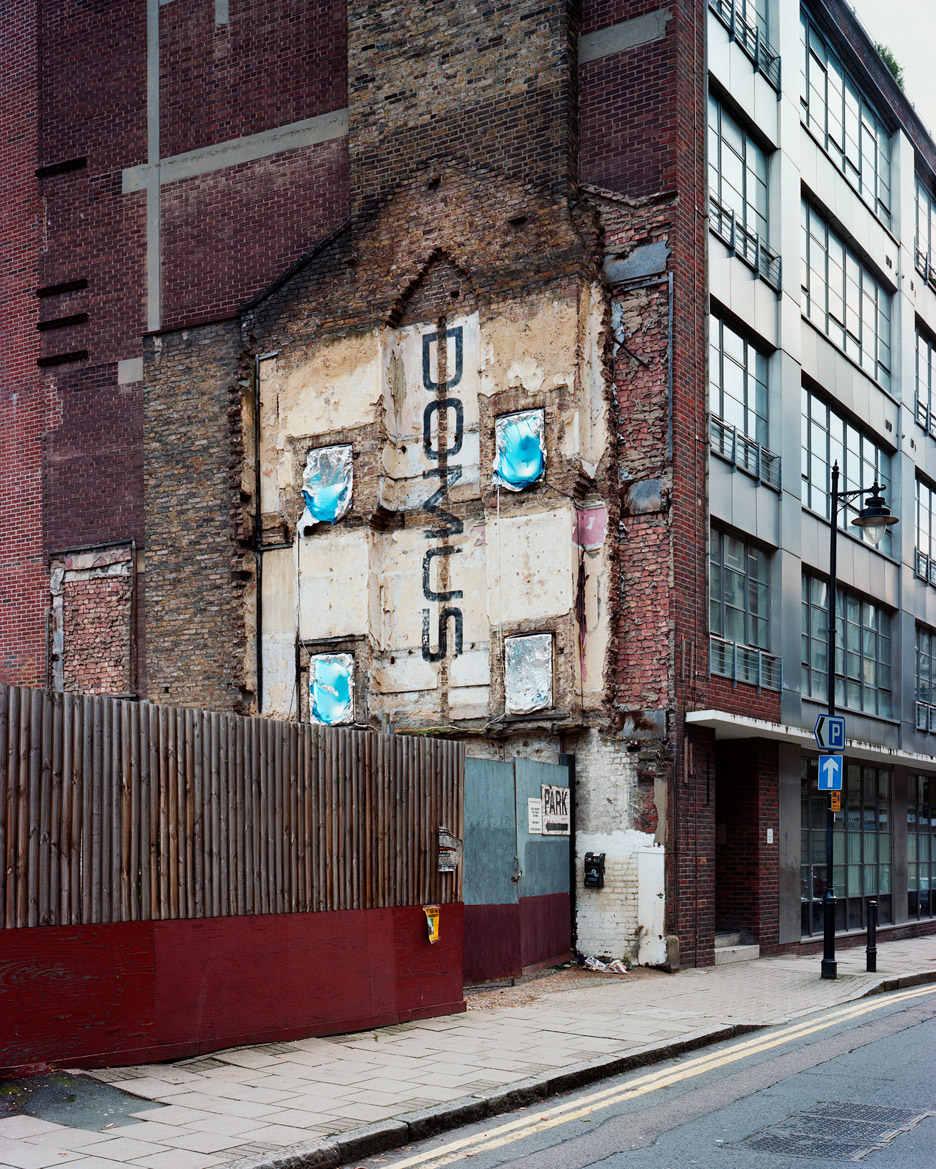
"There's something about going to a place where something like that happened. In every sense, in three dimensions, you're there," explained Thom. "It happened exactly there, right in front of you, but you're just separated by time and that's very strange."
"It feels like you should be able to feel something more, like you should be able to witness something but you can't because time is in the way. There's something about visiting places where something happened, that are really mythic, powerful and emotive that we found really fascinating."

"Sometimes I think the best projects come not from wanting to take photos but wanting to be there, to witness," he added.
"There's something of that. There's a frustration in not being able to see this event, to witness it tangibly. Maybe making photos is a means to connect with it in some way?"
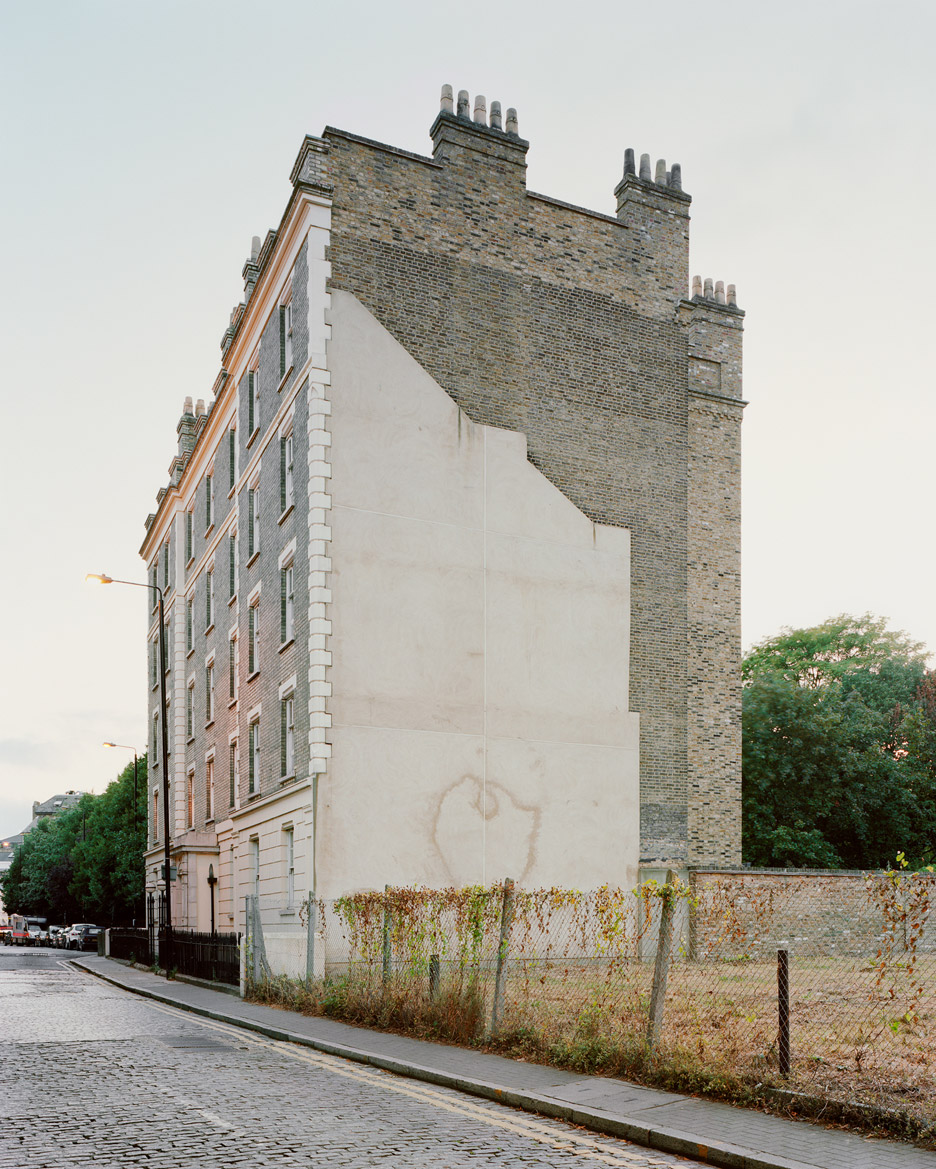
The pair identified their sites by simply walking the streets and looking around.
"We made the decision that we wanted the project to be driven visually," said Thom. "We weren't just looking for bomb sites initially, but things that were reminiscent of the blitz as well."
"Some of our early pictures weren't even missing buildings, they were these weird apparitions of what had happened or what had been there. It turned out that the majority of the time our instincts were right and they were bomb sites."
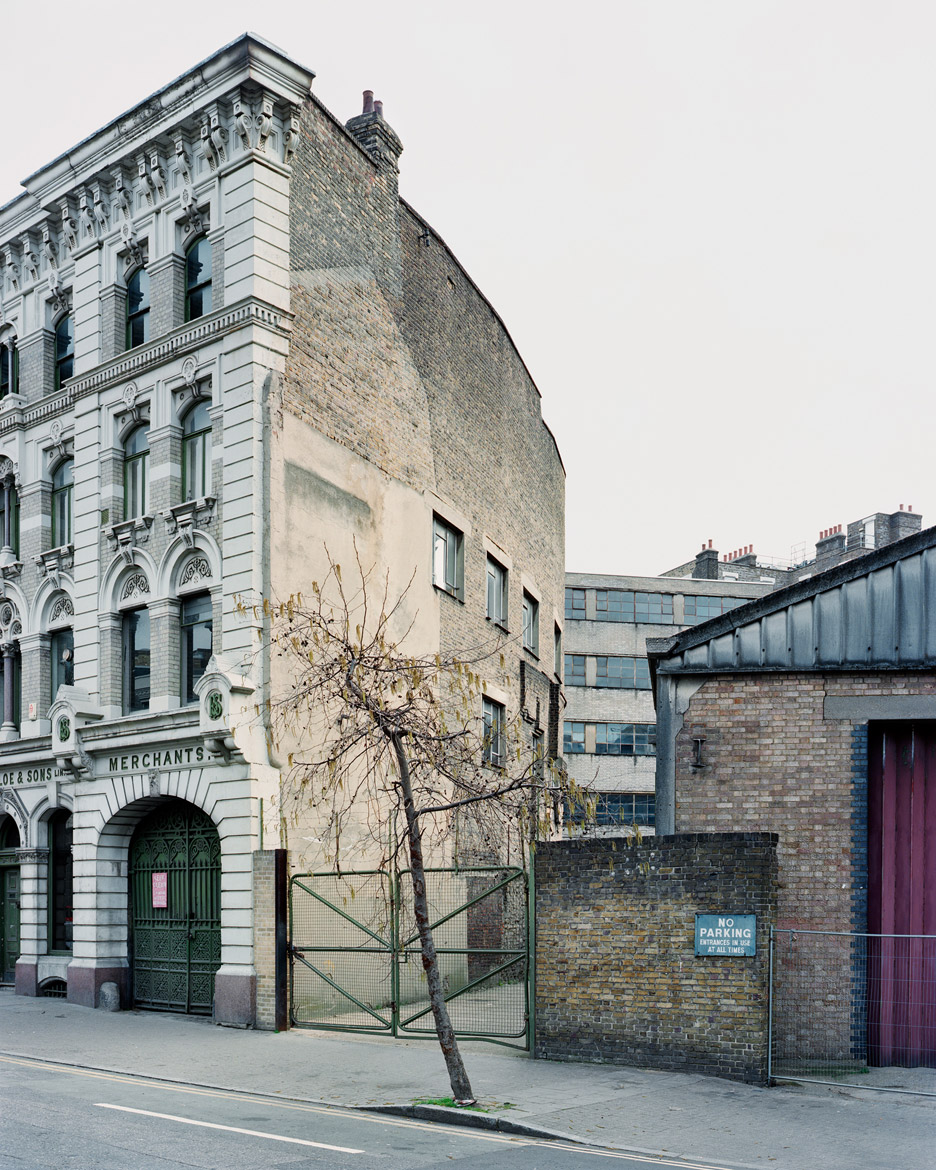
The images that the Atkinsons have created are a reminder that evidence of such a destructive period of time can be found everywhere. These images are not timeless though – new offices blocks, housing projects and shop signs appear on the edge of frame, hinting that these archaeological scars might not to be around for long.
"We're at this point now in history where the people that were there to witness it won't be around for much longer," Thom explained. "This is a really crucial point in the story where it's born into mythology because we no longer have eye-witness accounts."
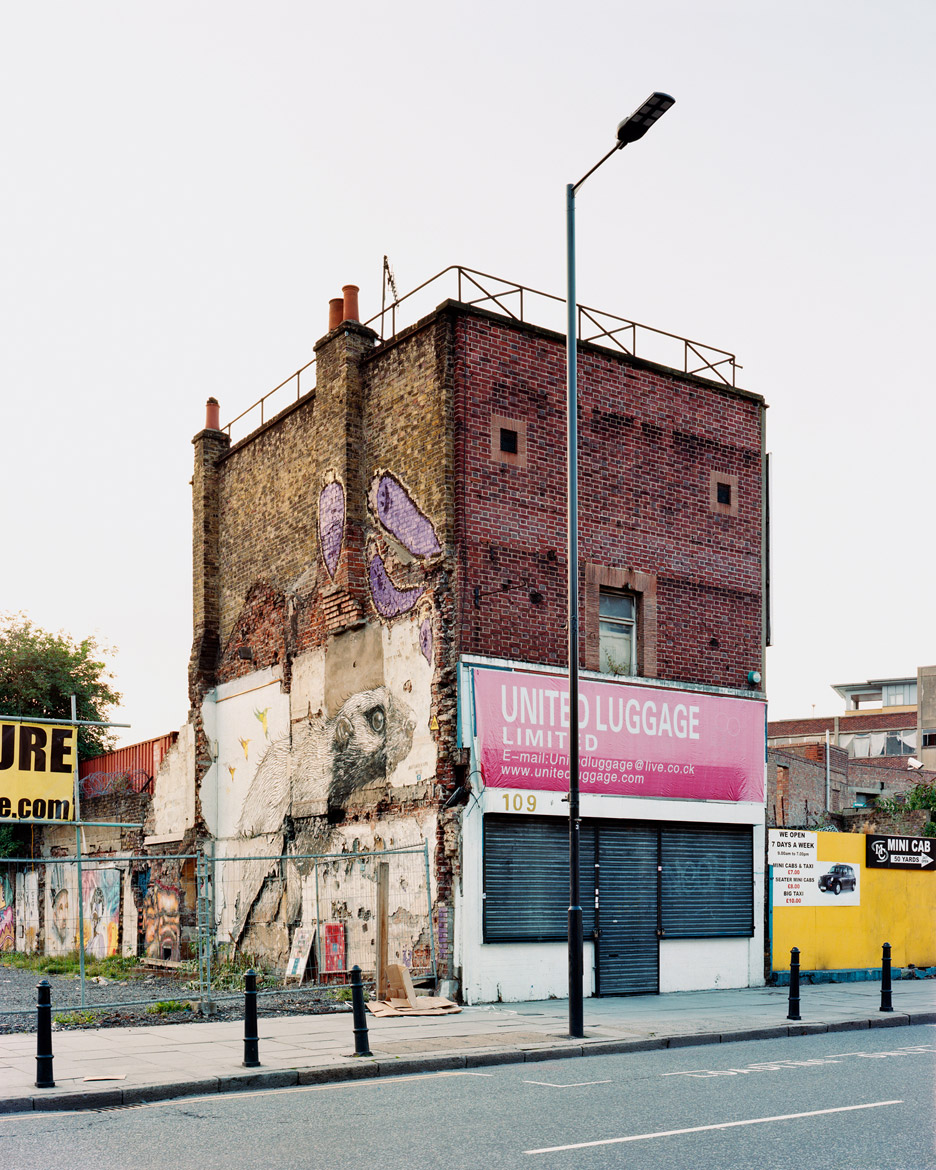
"Some of the sites we'd photographed would be gone a year later, they'd have been filled in, so there's this really strange paradox," he said.
"It's upside down, we're not physically loosing anything as there hasn't been anything there since the war; we're gaining something, but yet these 'missing buildings' disappear for a second time."
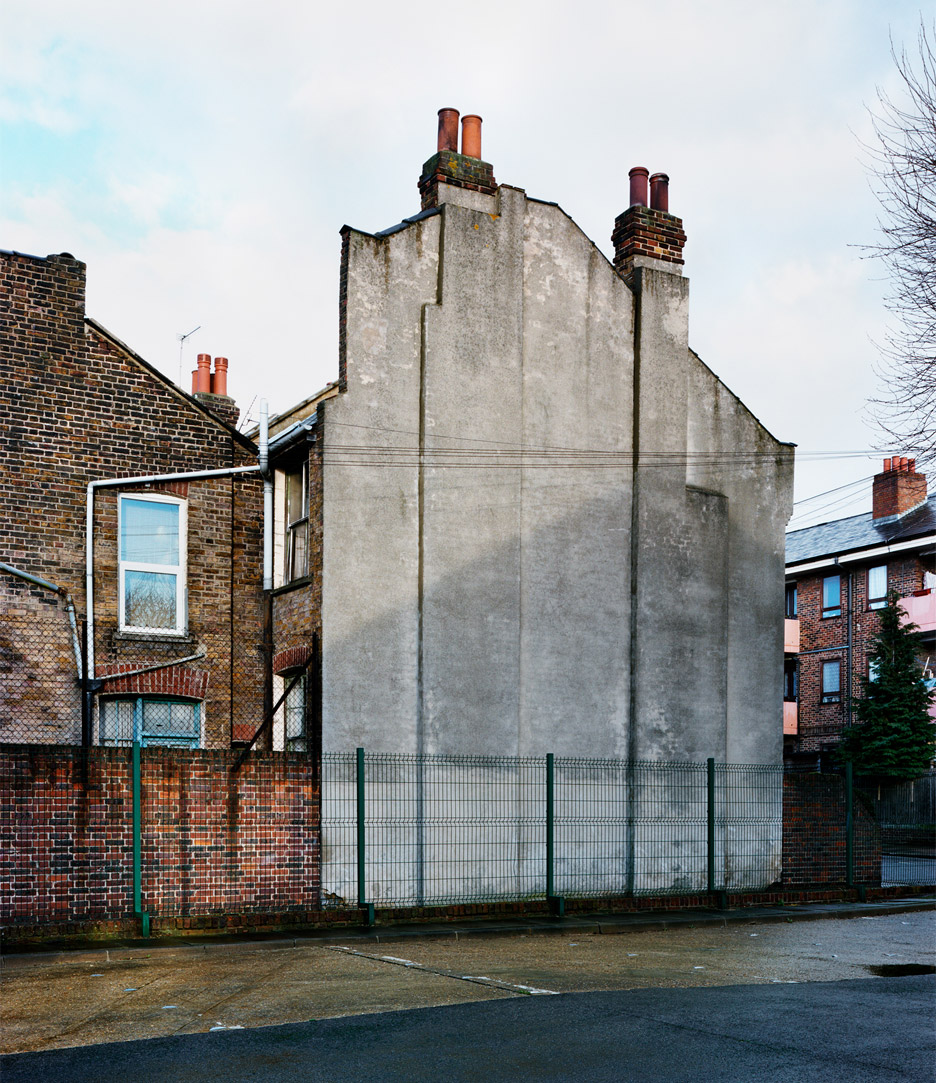
But as redevelopment continues to accelerate across the city, even more of this evidence continues to be revealed, explained the photographer.
"Sometimes it's just as interesting to see how the redevelopment reveals these places as well," he said.
"There's a real sense that all this archeology is under there and you just have to look for it. Sometimes it's the rebuilding that reveals it."
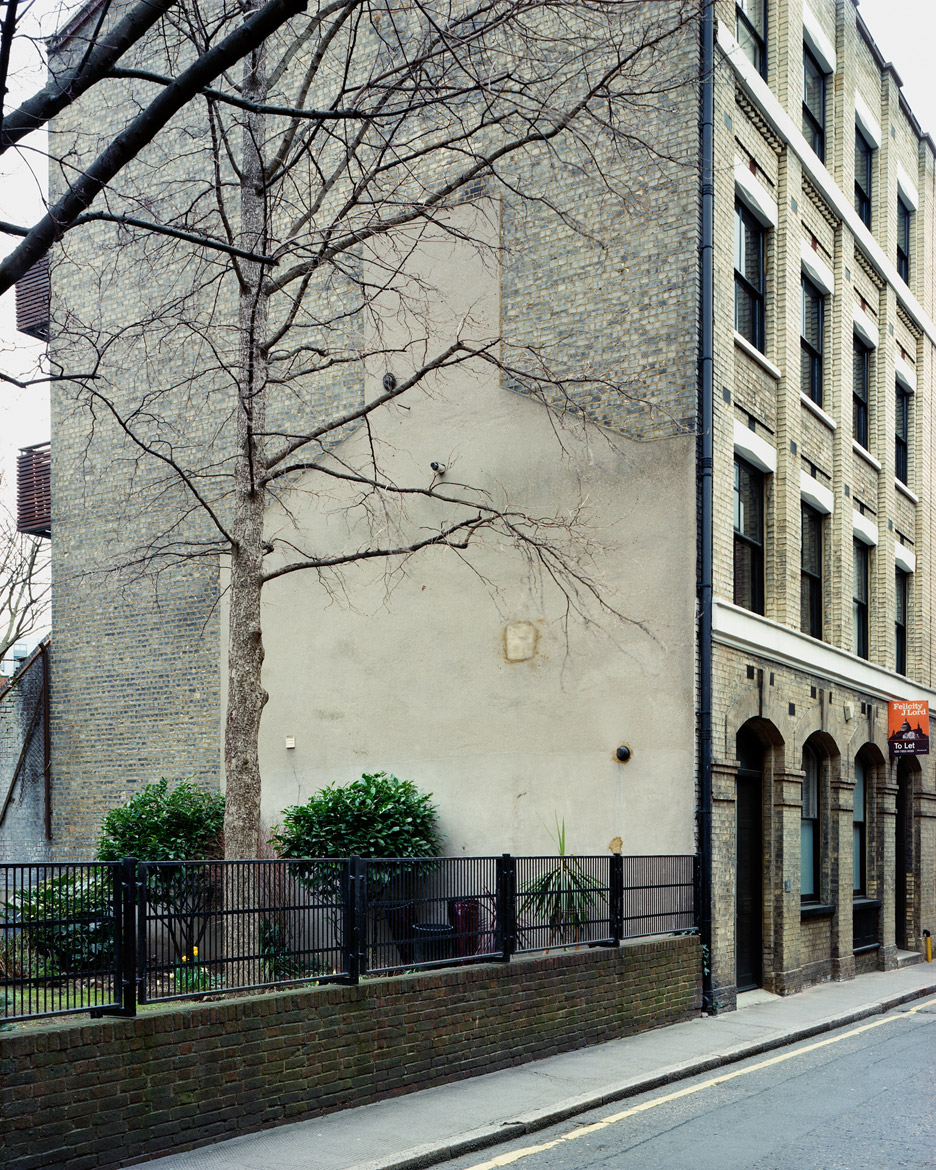
"The last picture in the book is one of my favourites, there's this street with smart grand suburban Victorian houses," he added.
"The house on the end was destroyed by a parachute bomb. The house that was built, post-war, to replace it is about half the size of it's neighbours, a sort of stunted end to the row."
"Sometimes the rebuilding reveals more about post-war austerity and the need to build houses quickly. There's a pragmatism in it that's quite British and I like that."
Jim Stephenson is a photographer and filmmaker in the fields of architecture, interiors and the built environment. His clients include Sou Fujimoto Architects, Grimshaw and Studio Weave, and his work has been featured in publications including The Guardian, The New York Times, The Sunday Times, Blueprint and Dezeen. He is also co-curator of Miniclick, a photography organisation that curates free talks, workshops and exhibitions.